School uniforms
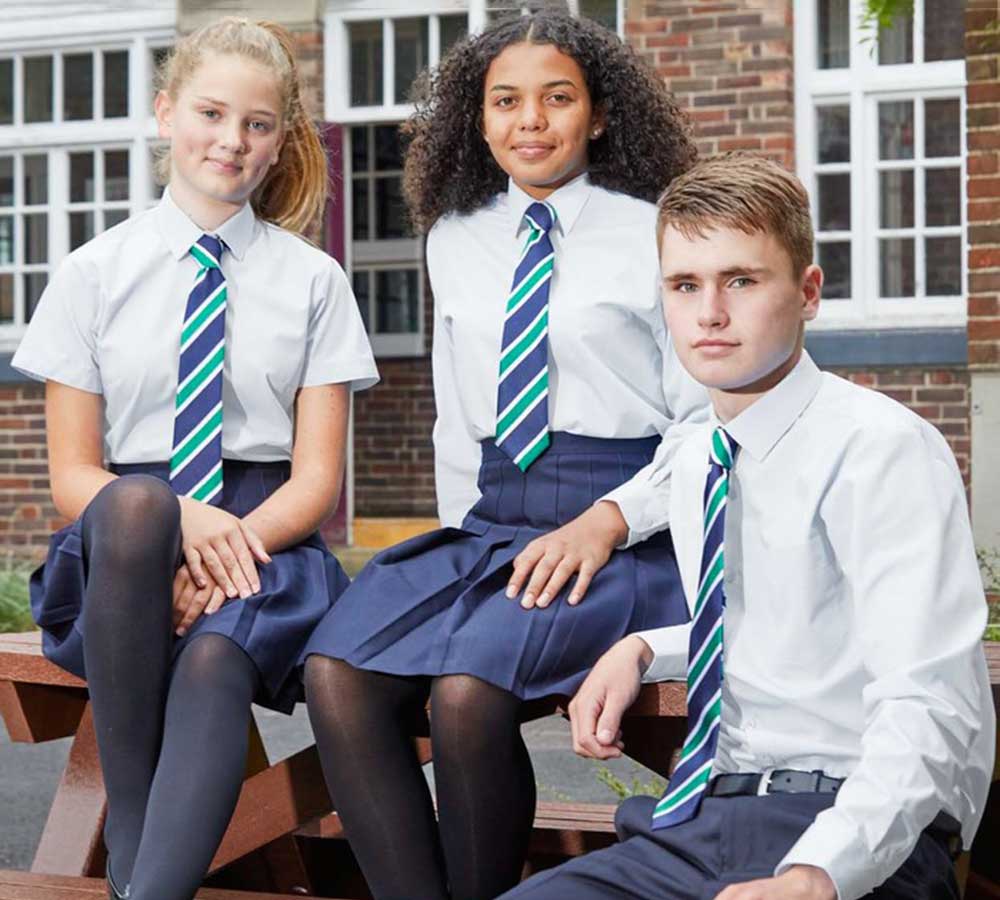
Shirts/Blouses

Often white, light blue, or another neutral color. They can be short-sleeved or long-sleeved, depending on the climate or school policy.
Trousers/Skirts

Boys typically wear trousers, while girls may wear skirts or trousers, depending on the school’s gender policies. Skirts may have a specific length requirement, such as kneelength.
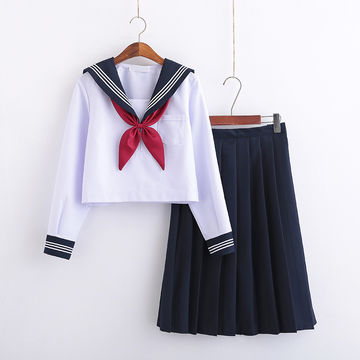
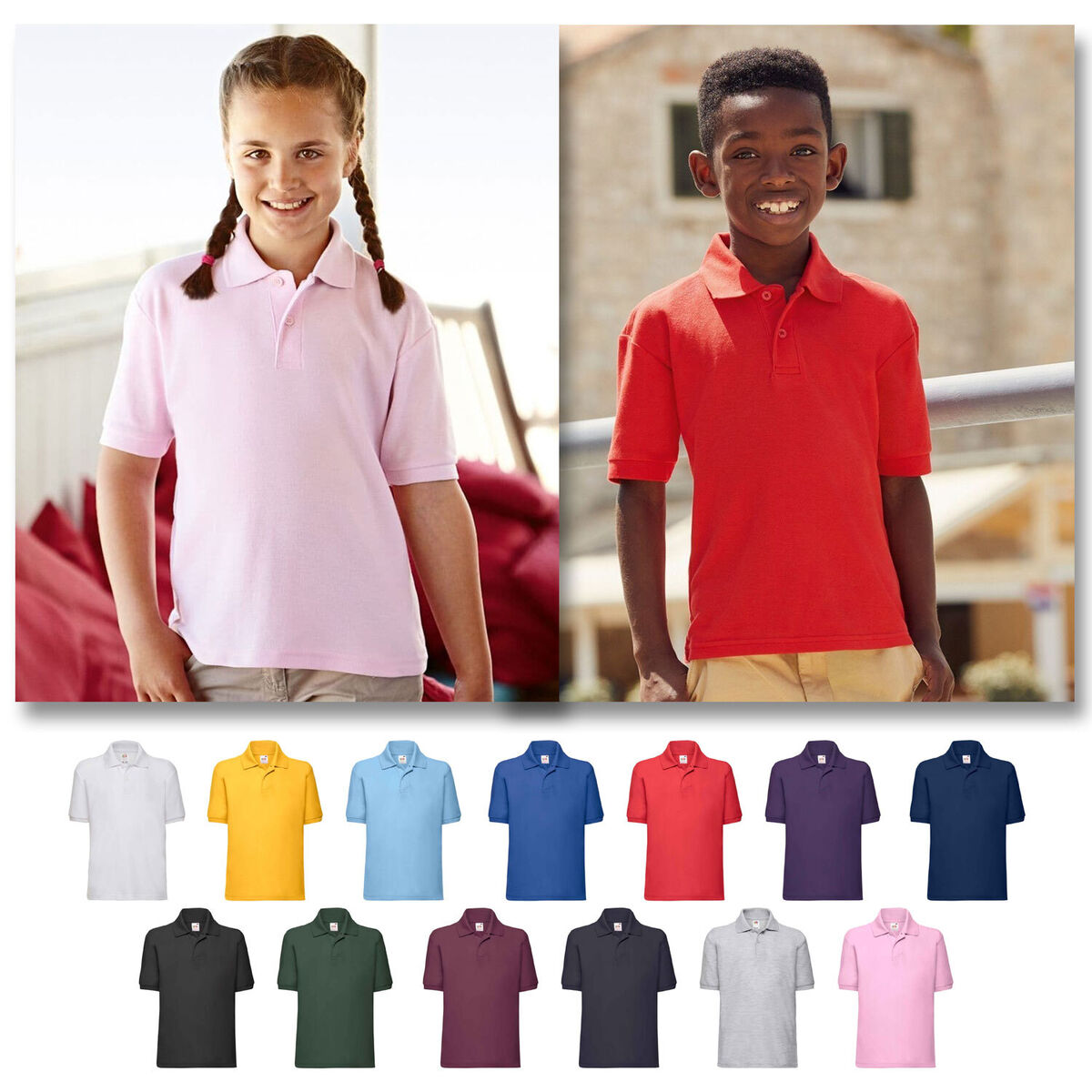
Polo Shirts or T-shirts

Some schools allow more casual options like polo shirts, which often
feature the school’s logo or colors.
feature the school’s logo or colors.
Some schools allow more casual options like polo shirts, which often
feature the school’s logo or colors.
feature the school’s logo or colors.
Sweaters/Cardigans:

In colder climates, sweaters or cardigans are often part of the uniform,
usually in the school’s colors.
usually in the school’s colors.
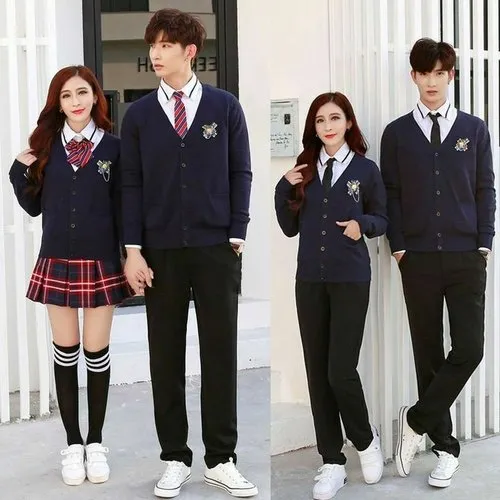
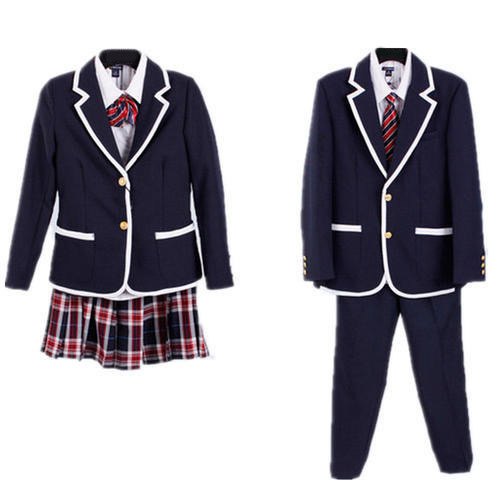
Blazers/Coats:

For formal occasions or colder weather, a school blazer or a coat may be
required.
required.
Footwear:

Typically, shoes are plain black or brown, and in some cases, students may be required to wear specific styles like leather shoes or sneakers.
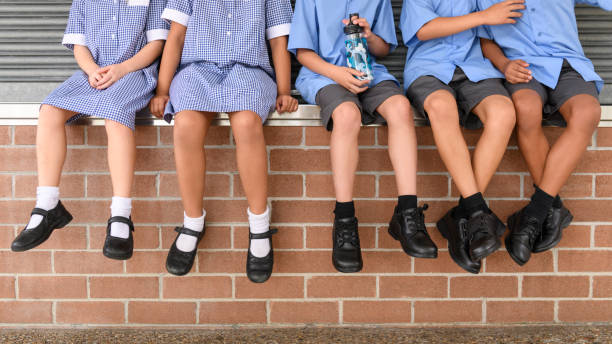
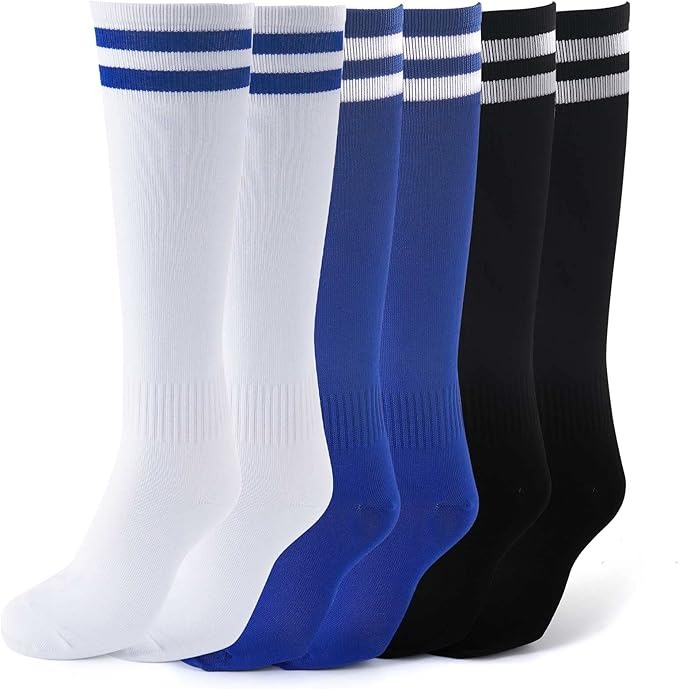
Socks/Tights:

These can be a specific color, such as black, white, or navy blue.
Purpose of School Uniforms
Equality
Uniforms help reduce visible socioeconomic differences among students, as everyone wears the same clothes, minimizing peer pressure related to fashion or family income.
Discipline and Focus:
The structured nature of uniforms is believed to promote discipline and focus, signaling that school is a place for learning rather than for showcasing personal style
School Identity:
Wearing a uniform fosters a sense of belonging to a school community, promoting school spirit and unity.
Safety:
In some cases, uniforms make it easier to identify students as members of a particular school, improving safety by distinguishing students from outsiders.
